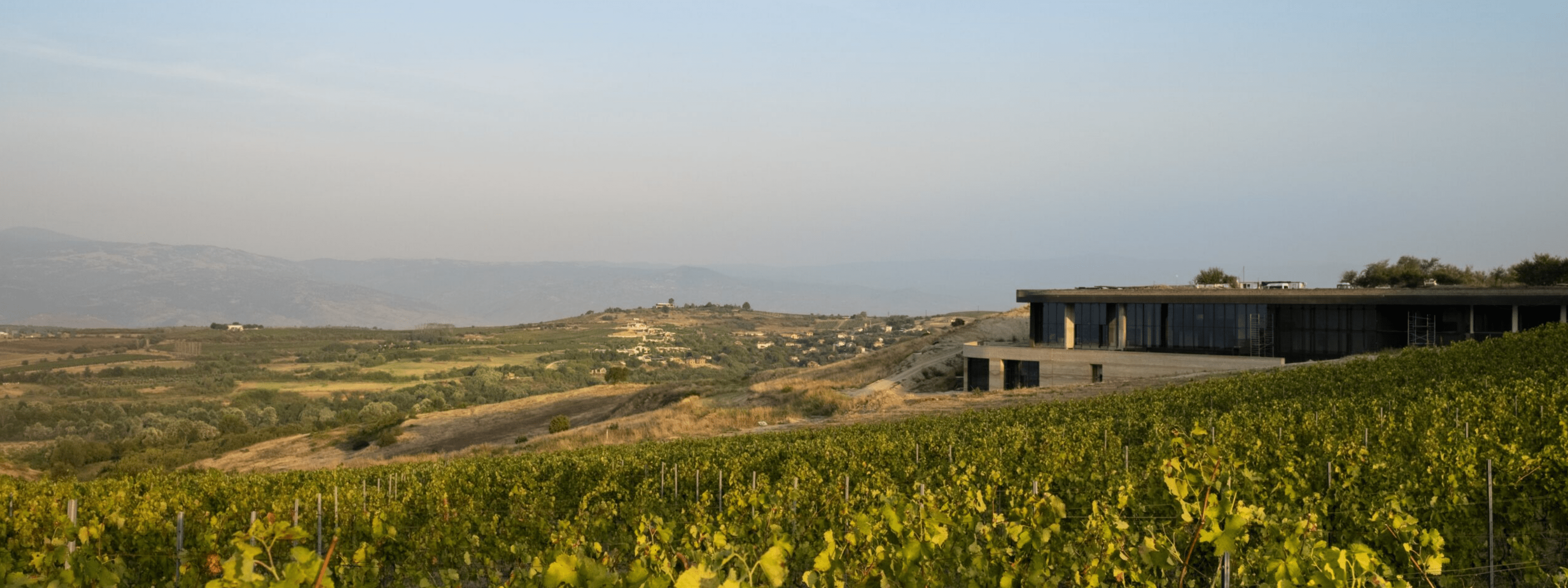
Why You Should Be Trying More Bulgarian Wines
by Will Hill - Buying Director
Much to my enormous pride, Bulgaria is appearing on more people’s radar as a producer of exciting, and high-quality wines. With the cooling Black Sea to the East, the impressive Balkan Mountain range cutting across the country, and its large plains and rolling hills, it’s crazy how much potential for winemaking there is. And with such a variety of soil types too, including very fertile black Chernozem, alluvial sandy soils, and an abundance of nutrient rich forest soils including plenty from the impressive Cinnamon forests – it’s about time the wonderful wines they help produce are getting to the right places.

Both the ancient and recent history of Bulgaria provide a fascinating insight into the state of the wine culture there today. For over 6000 years wine has been produced here. You may have heard of the Thracians, the ‘original’ community of tribespeople who settled and thrived in this southwest corner of Europe, lending their name to the Thracian Lowlands (one of Bulgaria’s 2 PGIs…) who had one of the most significant affects on the country’s wine culture. Their worship of Dionysus, the God of grapes and wine, should tell you enough about the importance of wine to them already, but the Thracians were also respected far and wide for their wines as well with Greek philosophers such as Homer and Aristotle writing about their qualities. Over the many thousands of years between then and now there has been various controlling tribes, emperors, rulers… and through them all, even under around 500 years of Islamic Ottoman rule, wine has remained ingrained in the people of Bulgaria’s culture with most families today still making wine at home from the vines in their gardens.
The most significant contributor to Bulgaria’s recent wine history is certainly the Communist collectivisation whereby wines and the wineries were government controlled to produce high quantity over high quality to satisfy the demands of the Soviet markets. One positive during this time was during this period (1944-1989) a decree was established to investigate over 3000 vineyards across the country resulting in a great gathering of useful information on soils, vines, and vineyards which is still utilised today. There were also experiments on crossing grapes which resulted in the emergence of some of Bulgaria’s most successful ‘native’ varieties such as Rubin, Early Melnik, and a whole of Miskets.

What followed next in the 1990s was a messy time for the Bulgarian wine industry. A land restitution act was passed with the intention to return all the land to its original owners prior to 1947… but this was far from easy. Many original owners had passed on so the land would be split between which ever living descendants could be identified, many of whom had moved away – even left the country. Plenty had no interest using this land (no experience, no desire, too expensive) so many vineyards were left derelict. Officially this ended in the year 2000 but in reality, it is still going on today in parts. Many family winemakers have made hundreds of individual deals to buy back vines such was how fragmented the ownership had become following this. Bulgaria’s wine exports peaked in the 80s, but the 90s brought it crashing back down (albeit the access to cheap alternatives from places like Australia had a significant impact as well).
Today there is a good mix of Family-owned wineries and larger companies who excel at making more modern, dynamic wines. Many champion the local grapes – Mavrud, Melnik, Early Melnik, Rubin, Gamza, Pamid, Dimyat, etc. but there are wonderful examples of Pinot Noir, Merlot, Cab Franc, Marsalan, and a few Italian grapes that are thriving here too.

The future of Bulgarian wines is certainly bright, and the quality is improving year on year as more export conscious producers listen to the international markets. For me, I would like to see more movement on the PGI/PDO development. Bulgaria has just two PGIs – the Danube Plain and the Thracian Lowlands. Essentially one for wines made in the north half of the country and one for the south. Each so large it is pretty meaningless when speaking about wine style, varietal, winemaking techniques etc. A wine from the cool, low altitude Black Sea Coast would carry the same geographical indication as one from the desert like Struma Valley, what would be the point? It is important to get clarification because Bulgaria has lost its once strong position in many key export markets and if it wants to be recognised on the global stage then it needs to produce wines with something unique about them – formal classifications will recognise and support this. It needs wines that stand out and express the terroir, otherwise the wines are just copies of others. There is speak of the regions being expanded from 2 to either 5 or even 9 (I think the 9 would be best as 5 would still leave some rather large ambiguous areas), hopefully we see this development soon.
The good news is that the Bulgarian wines we see here in the UK are generally really good, and there is a great scope of producers available to really get stuck in and explore this amazing, and beautiful, country. I have seen first hand the development of the wine industry in Bulgaria over the last few years, they are serious about quality and want to share it with the world. It’s only a matter of time before even more new and exciting producers are on our shores and I implore you to try them all!
You start by trying wines from our Bulgarian Collection - https://www.novelwines.co.uk/collections/bulgaria




